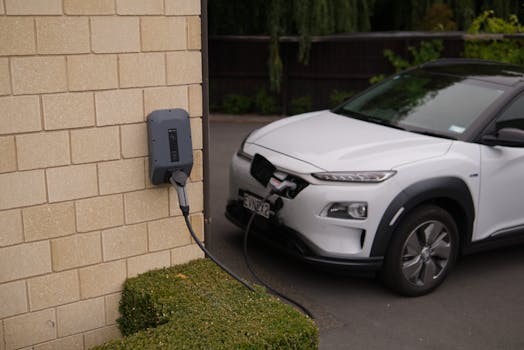
Introduction to Smart Cities

The concept of smart cities has gained increasing popularity globally as urban populations continue to grow at an astonishing rate. With projections indicating that by 2025, approximately 68% of the world’s population will reside in urban areas, there is a pressing need for innovative solutions that harness technology to enhance the quality of urban life.
Technologies Fueling Smart City Initiatives

Smart cities heavily rely on various technologies that provide data and analytics to improve efficient urban administration. At the core of these innovations are:
- Internet of Things (IoT): Many urban systems are now interconnected through IoT devices that track and measure performance in real-time, from monitoring traffic patterns to energy consumption.
- Artificial Intelligence (AI): AI capabilities aid in the analysis of large datasets, fostering improved decision-making processes in urban development.
- 5G Technology: The rollout of this high-speed communication technology enhances connectivity between devices and citizens, easing the commuting experience and facilitating efficient utility services.
Sustainability Initiatives

Sustainability will be a hallmark feature in the urban trends anticipated for 2025, catalyzing the need for cities to implement more eco-friendly policies. The focus on sustainability encompasses numerous areas:
- Smart Grids: Cities are valuing the importance of renewable energy sources influenced by smart grids, which optimize the energy supply to reduce waste.
- Green Buildings: Builders are embracing the Leadership in Energy and Environmental Design (LEED) certification protocol, which motivates structures to conflate energy efficiency with healthy living conditions.
- Waste Management Solutions: Implementing smart trash bins equipped with sensors to track waste levels ensures costly pickup routes aren’t wasted on empty bins.
Urban Mobility Trends

By 2025, urban mobility will undergo a significant transformation due to rising demands for improved transportation systems. Some notable trends are emerging:
- Shared Mobility Services: Ride-sharing and car-sharing platforms will continue to thrive alongside public transportation systems, offering flexibility for urban inhabitants.
- Electric Vehicles (EVs): The adoption of EVs supported by extensive charging infrastructure will help reduce urban air pollution.
- Smart Traffic Management: Enhanced traffic signal systems designed to prioritize public transport could considerably reduce congestion while increasing efficiency in road and transport operations.
Community Engagement and Governance

Embracing new technologies also translates into greater community engagement and governance processes, vital components for ensuring that urban growth reflects the population’s needs. Smart cities engage their citizens through:
- Participatory Technology: Many cities offer platforms that allow citizens to participate in decision-making processes about city development.
- Data Transparency: Providing the community with data on city performance stakes fosters trust and enables citizens to better understand urban operations.
- Focused Local Improvements: Innovation can sometimes mean profoundly localized action—from more pop-up community spaces to improved local amenities precisely where they’re needed.





